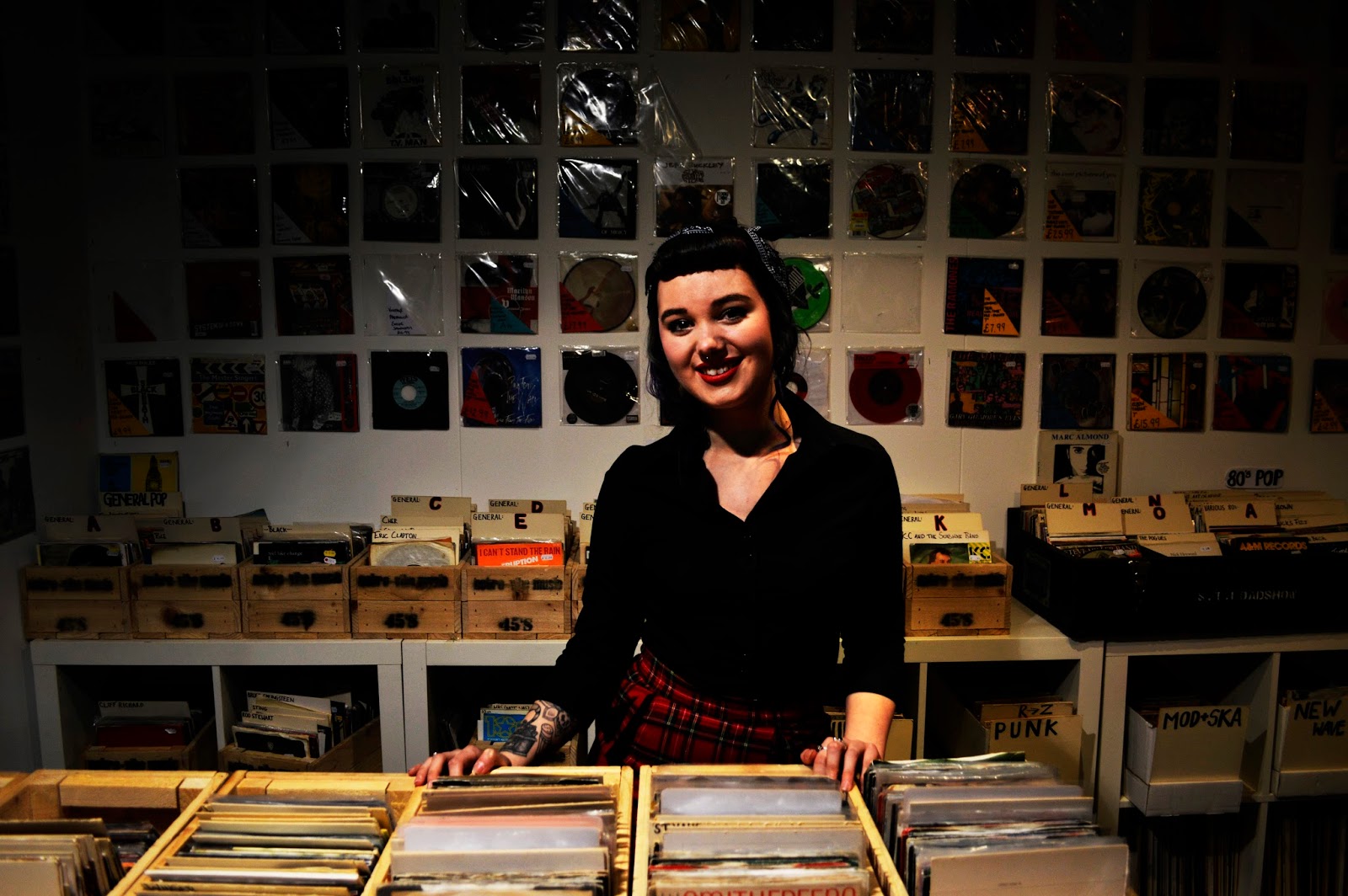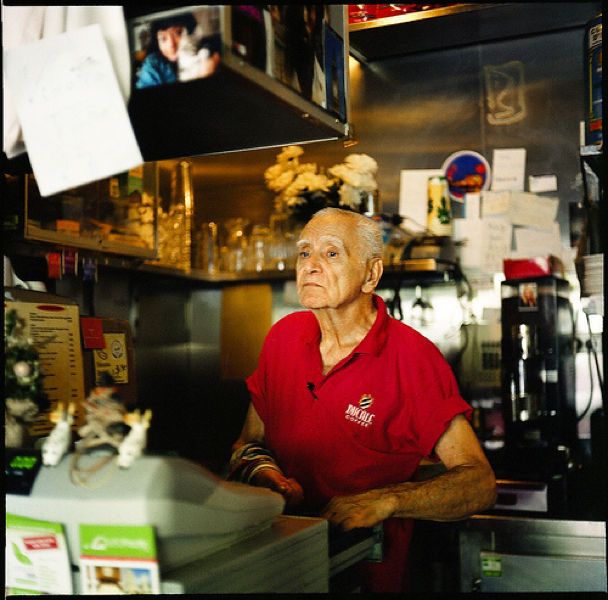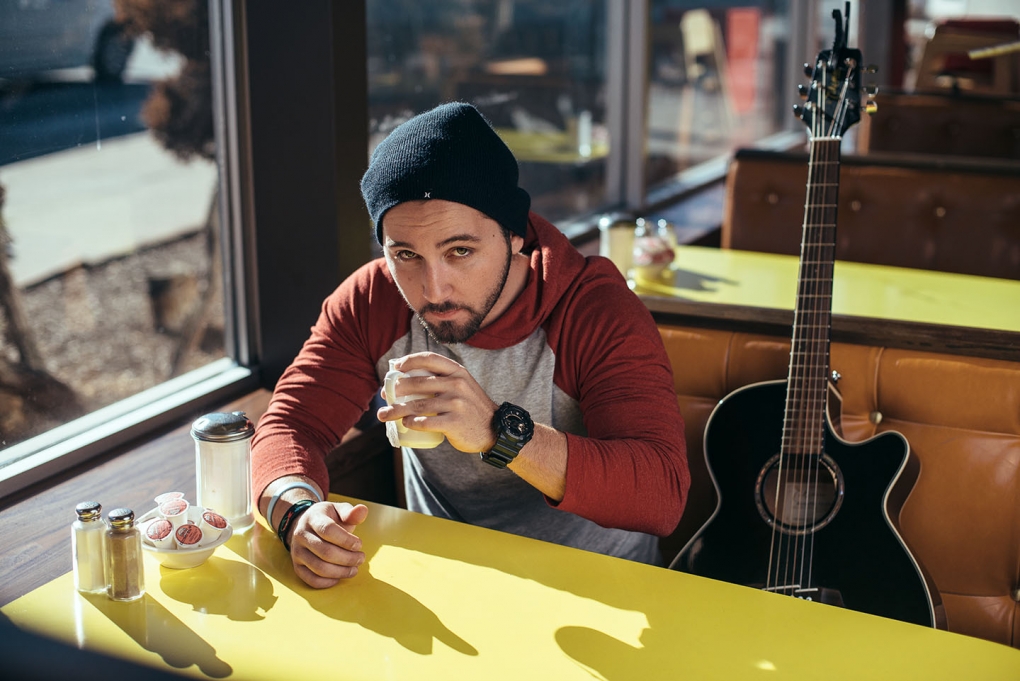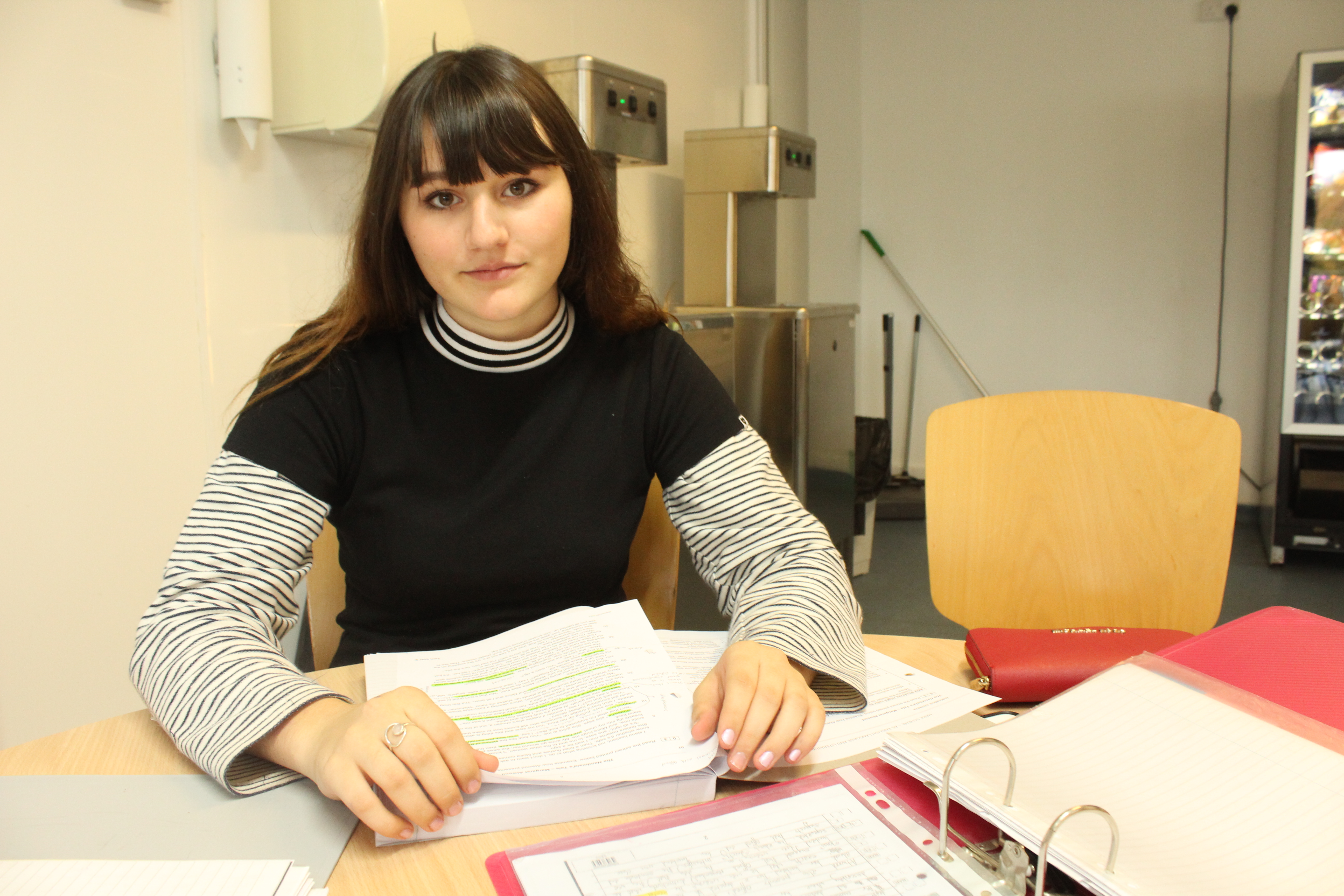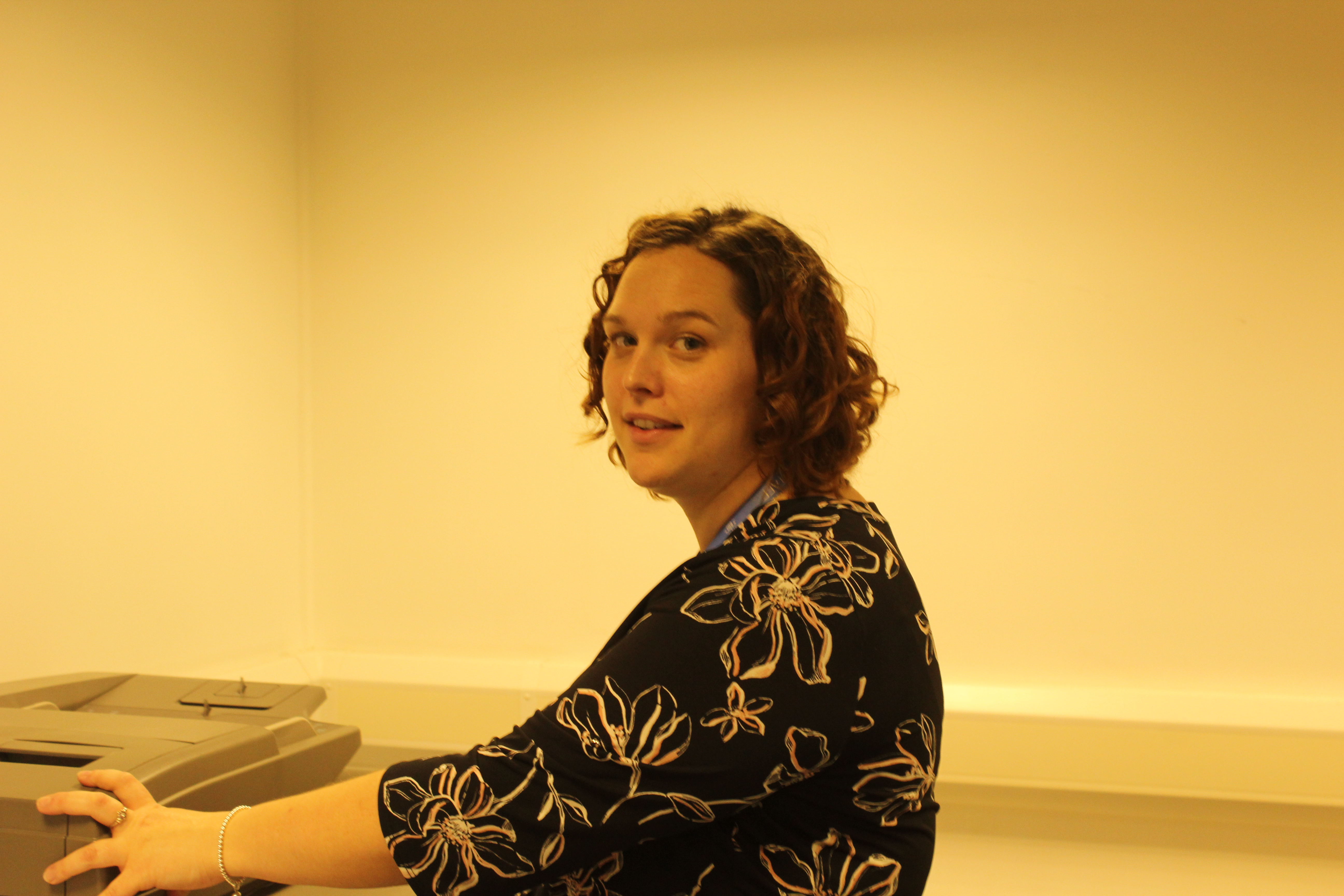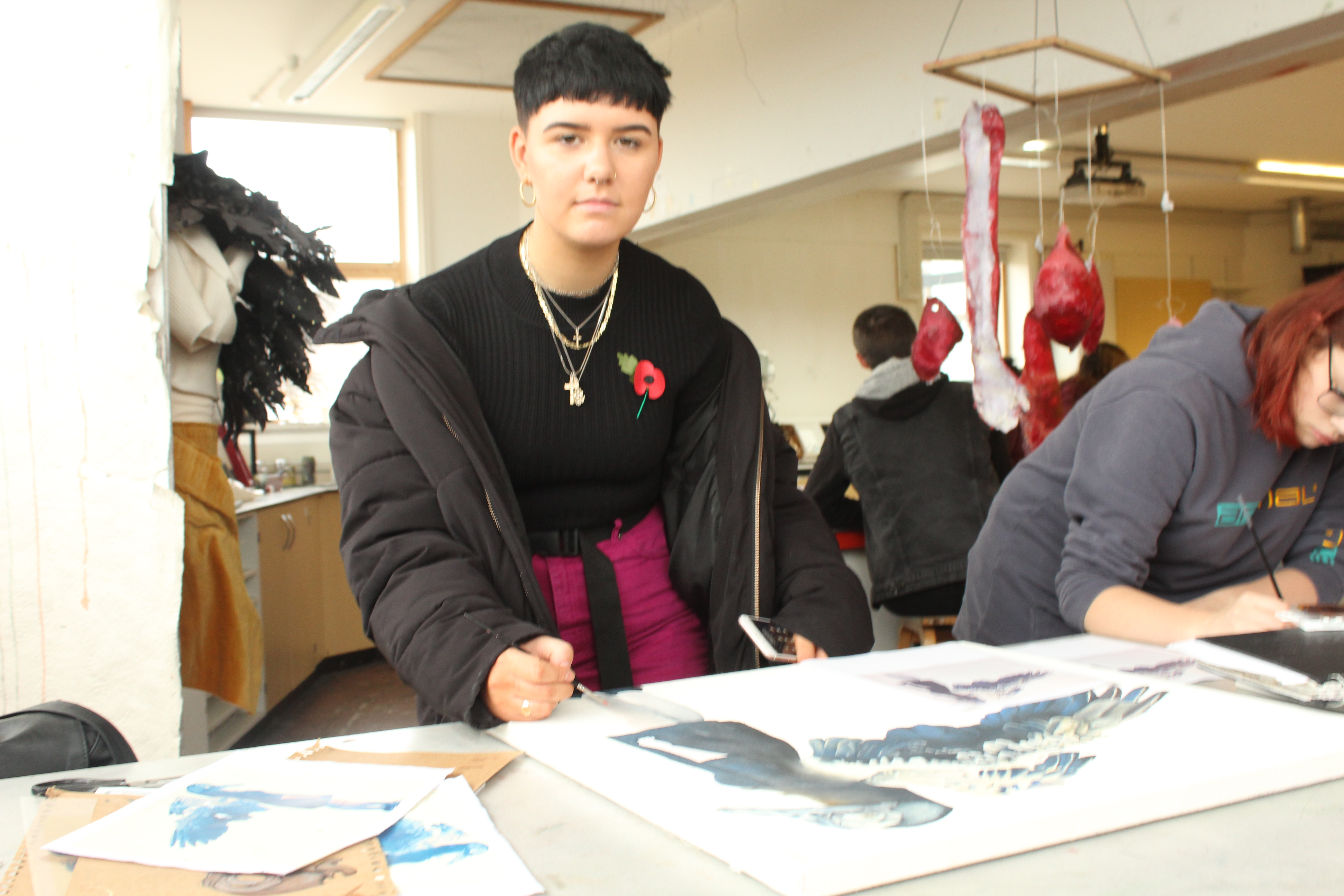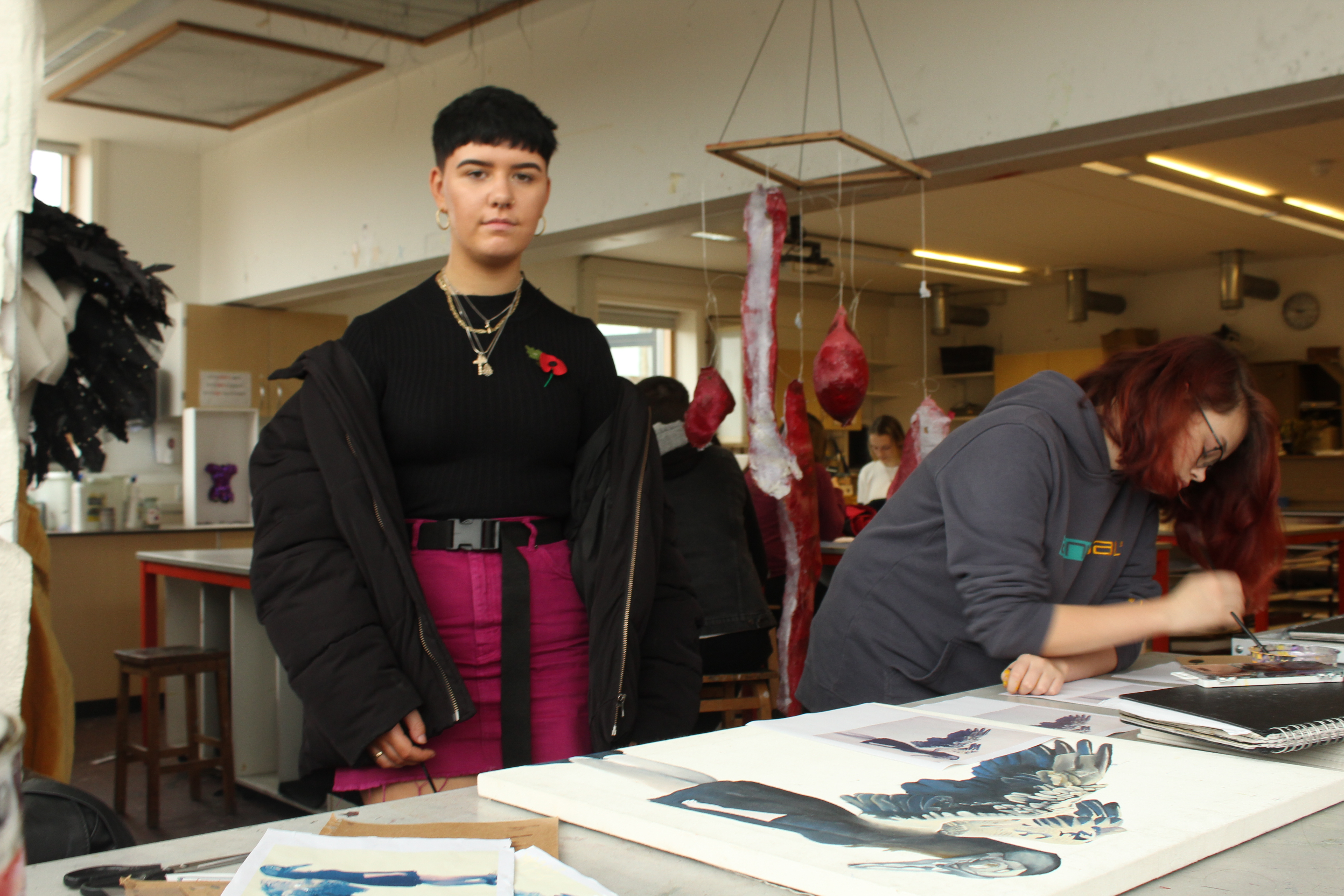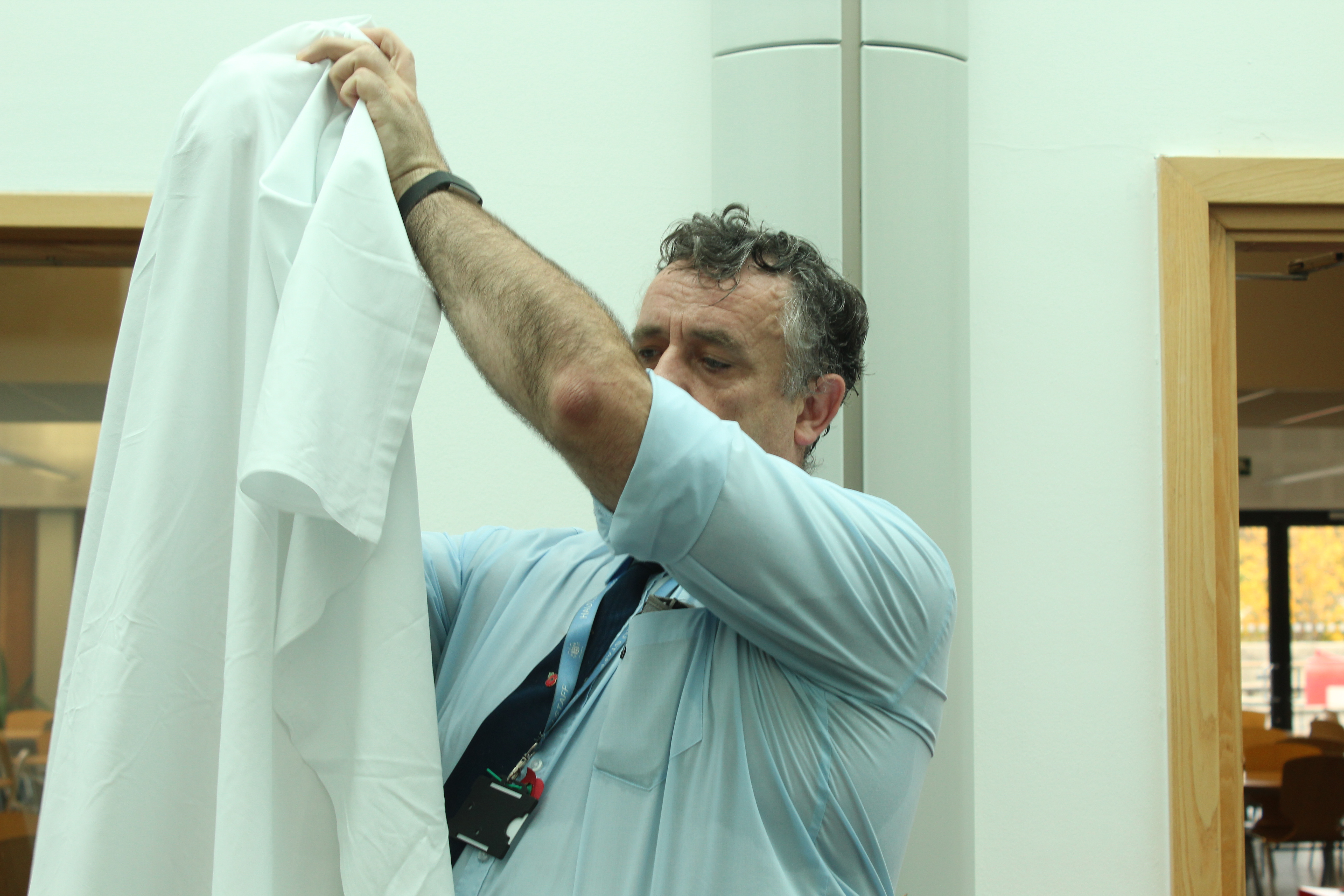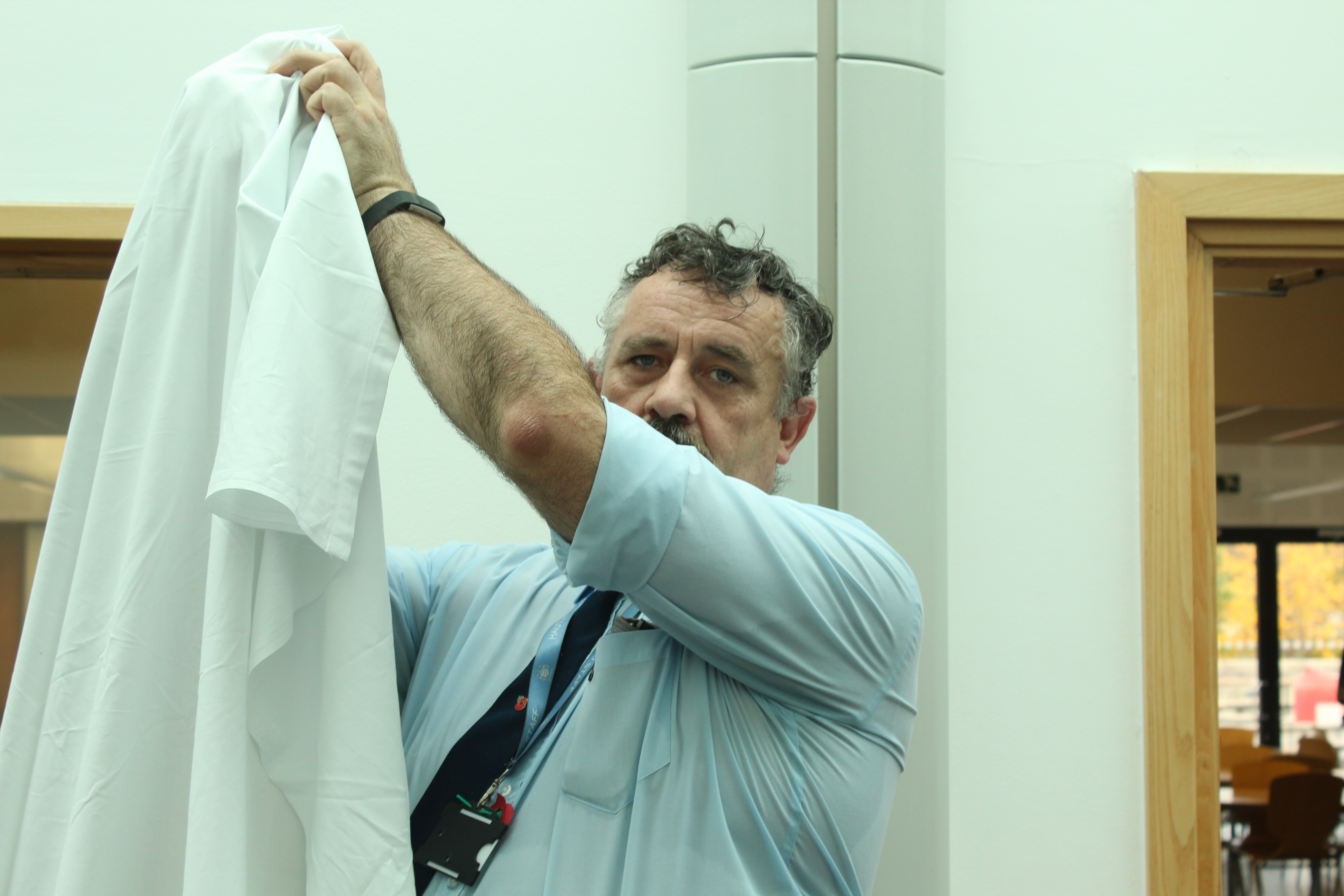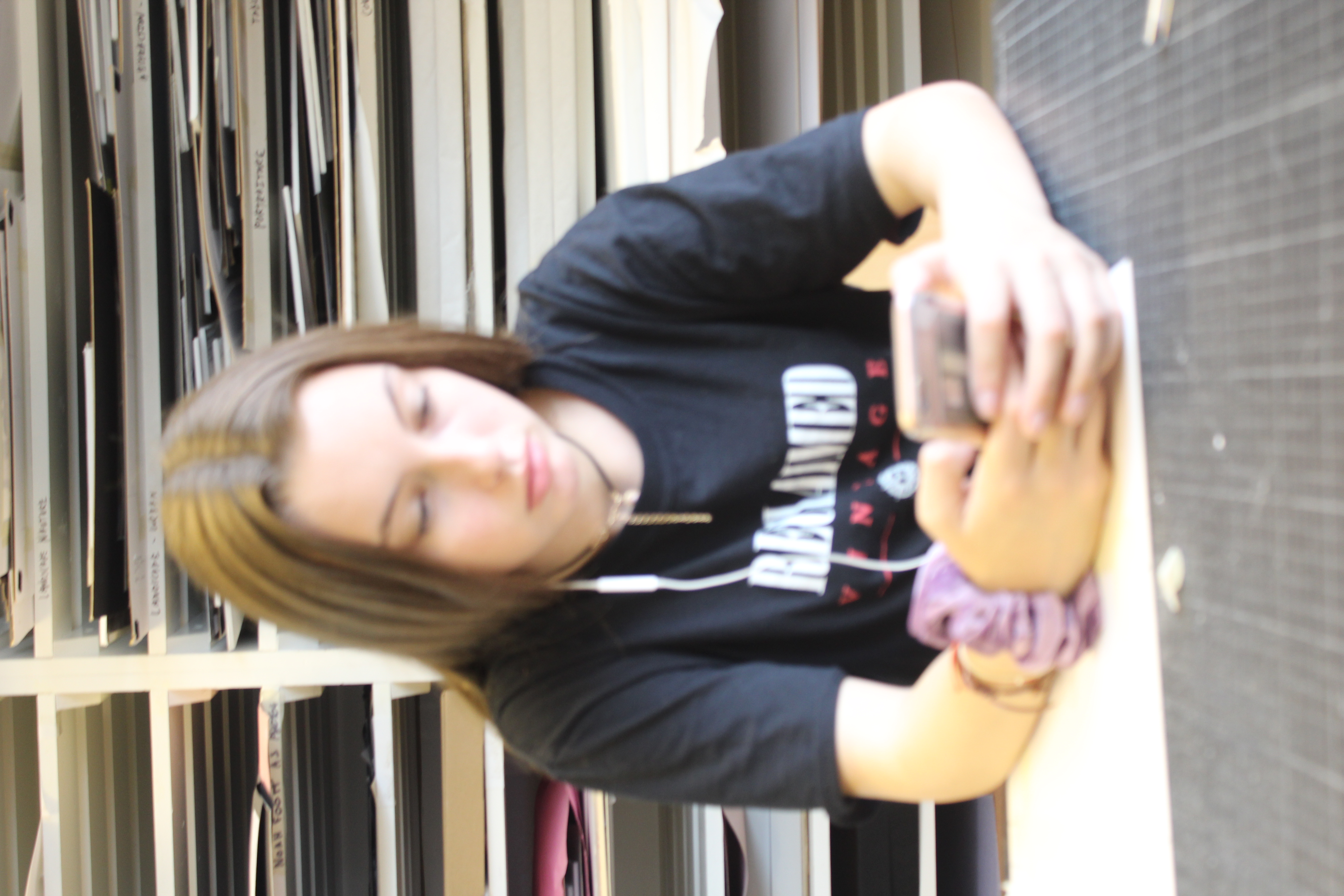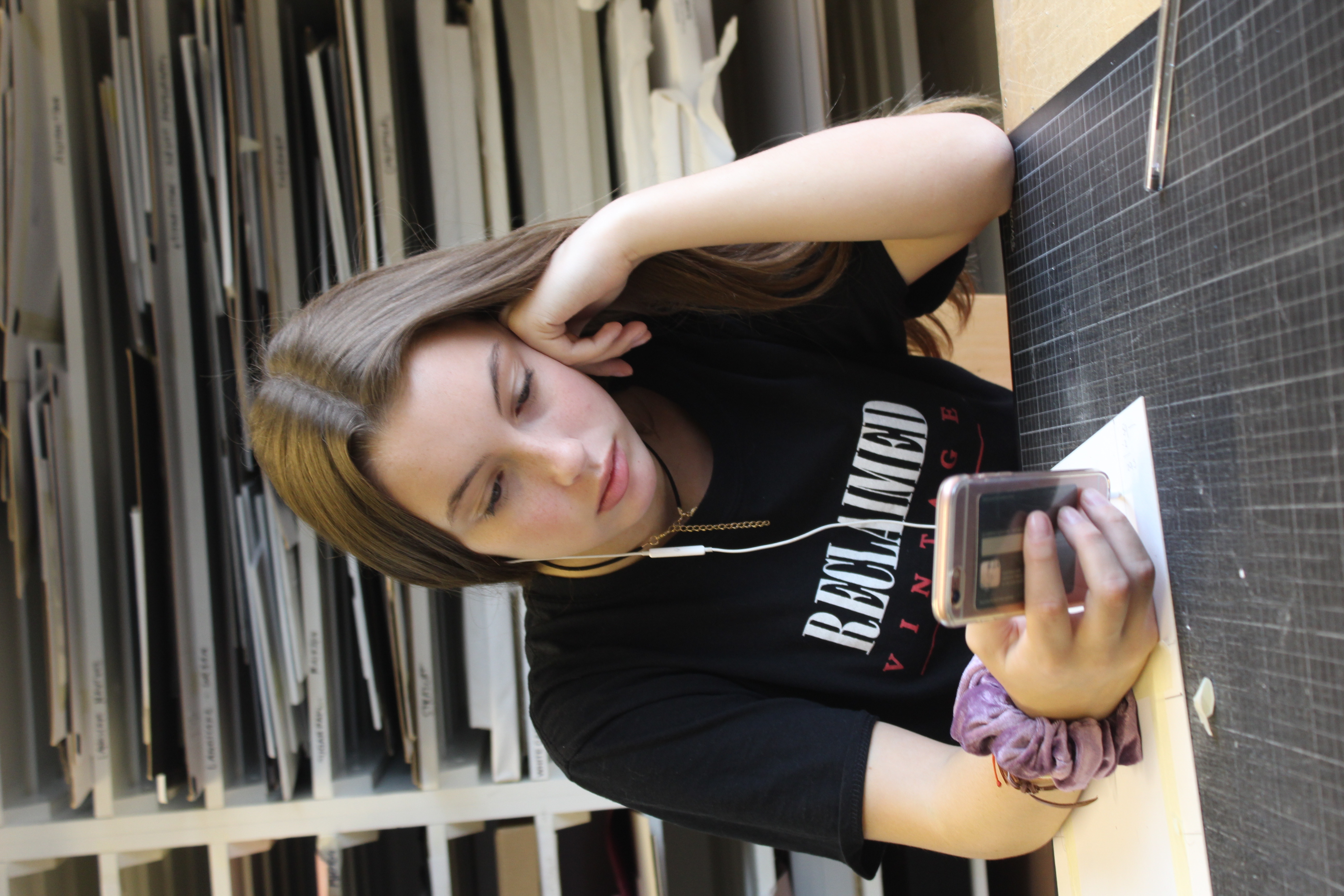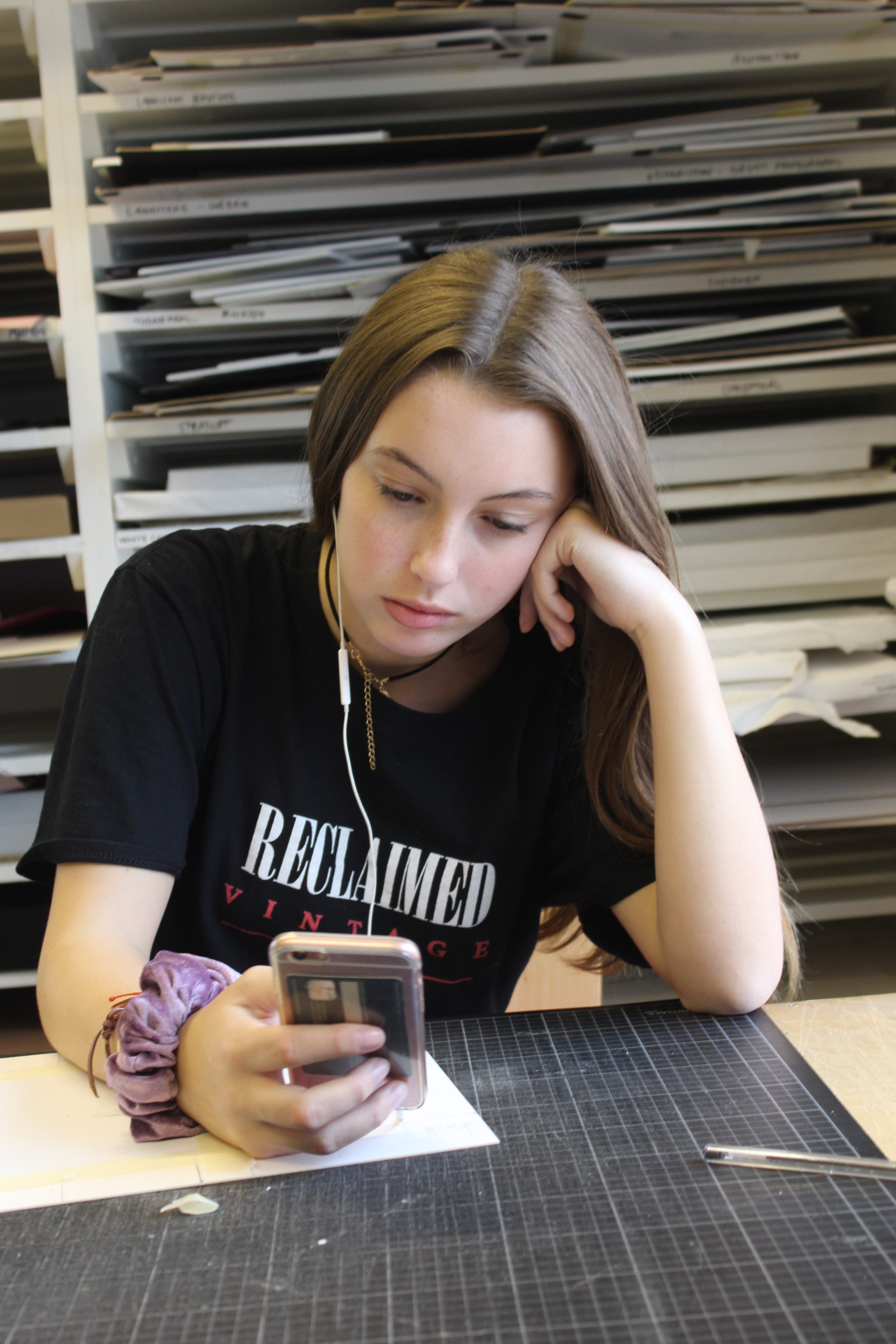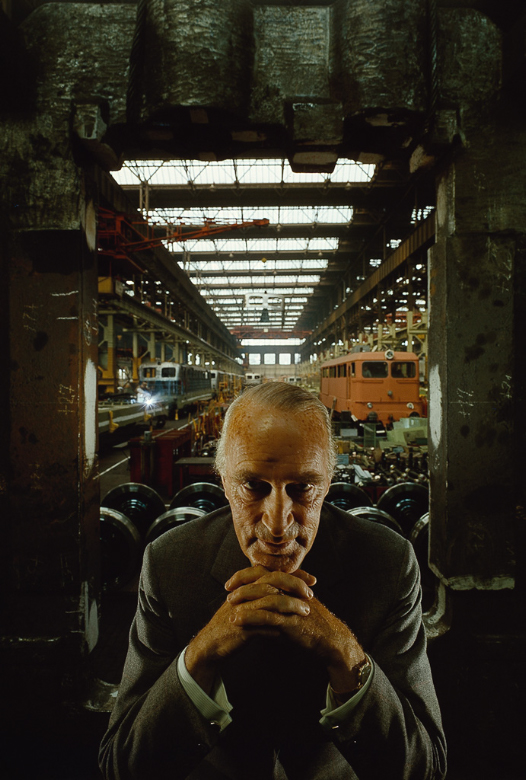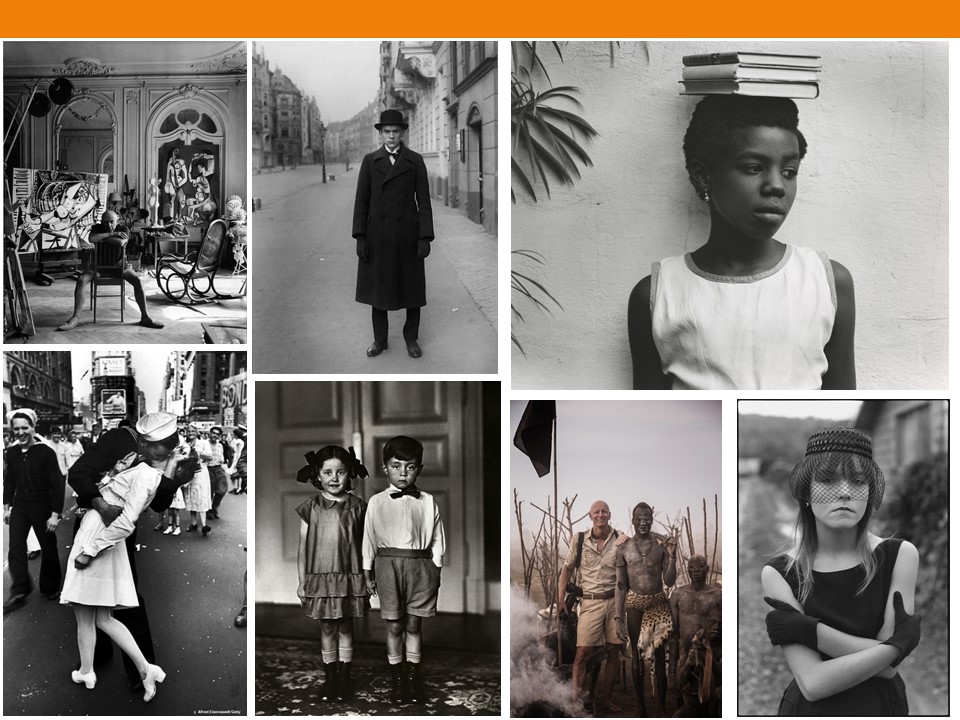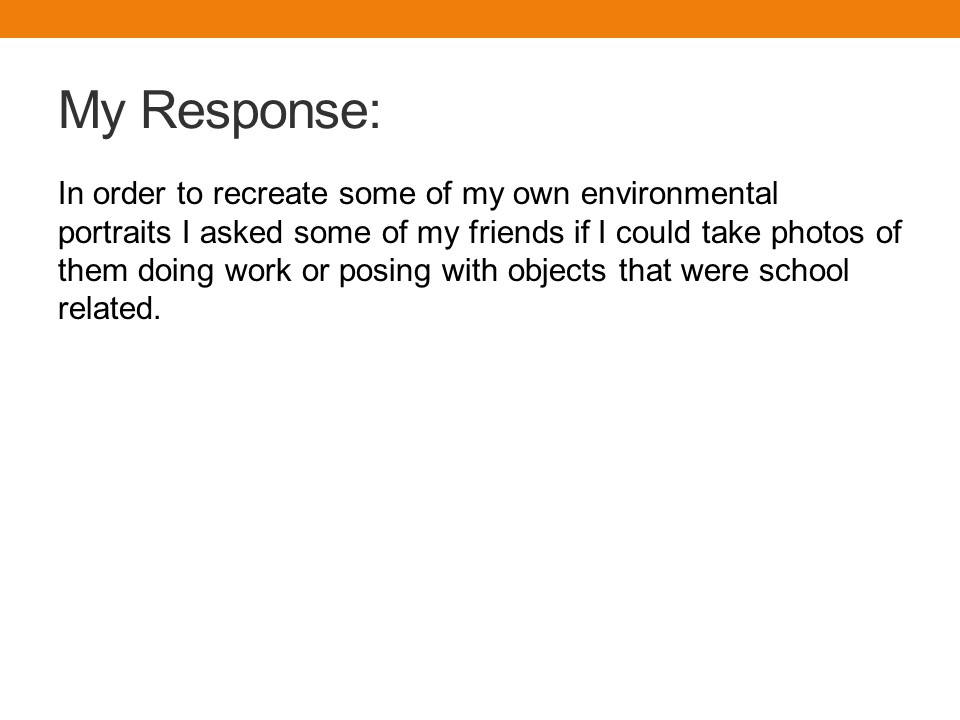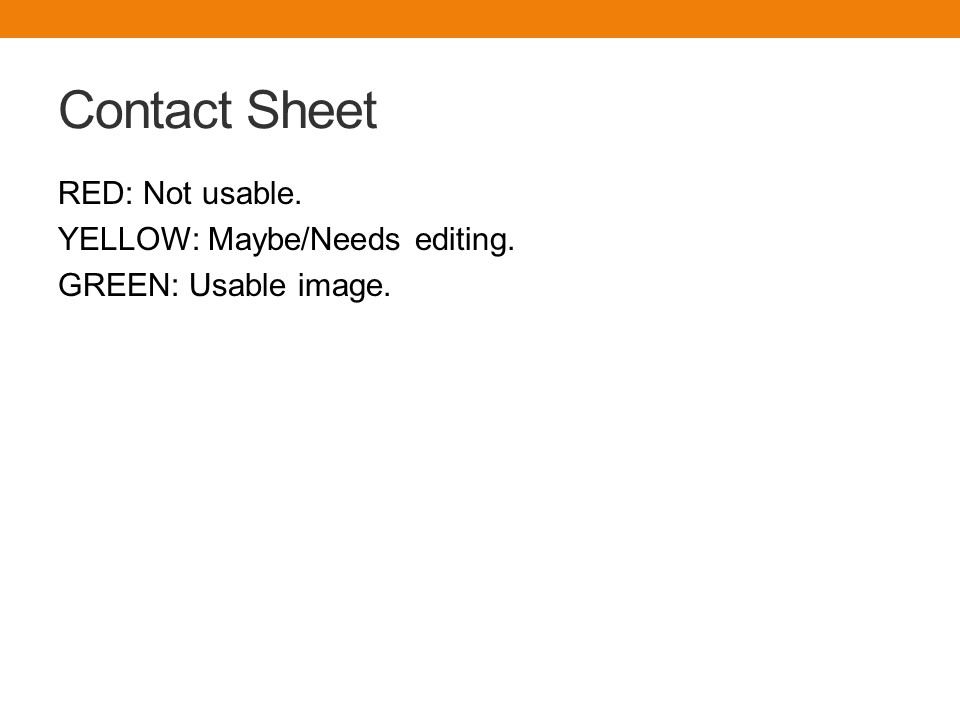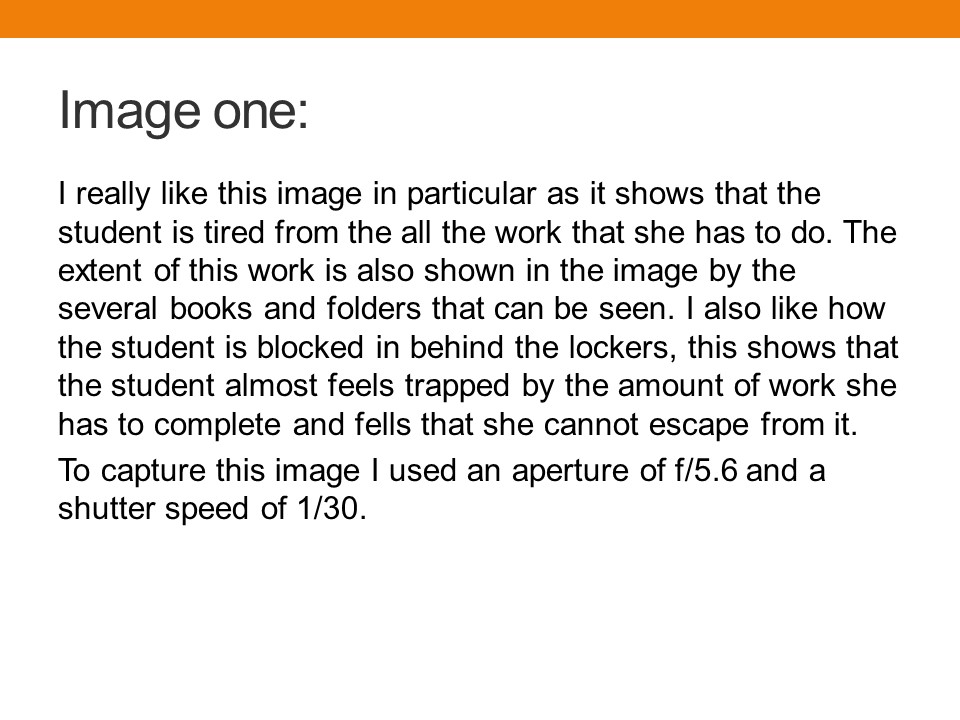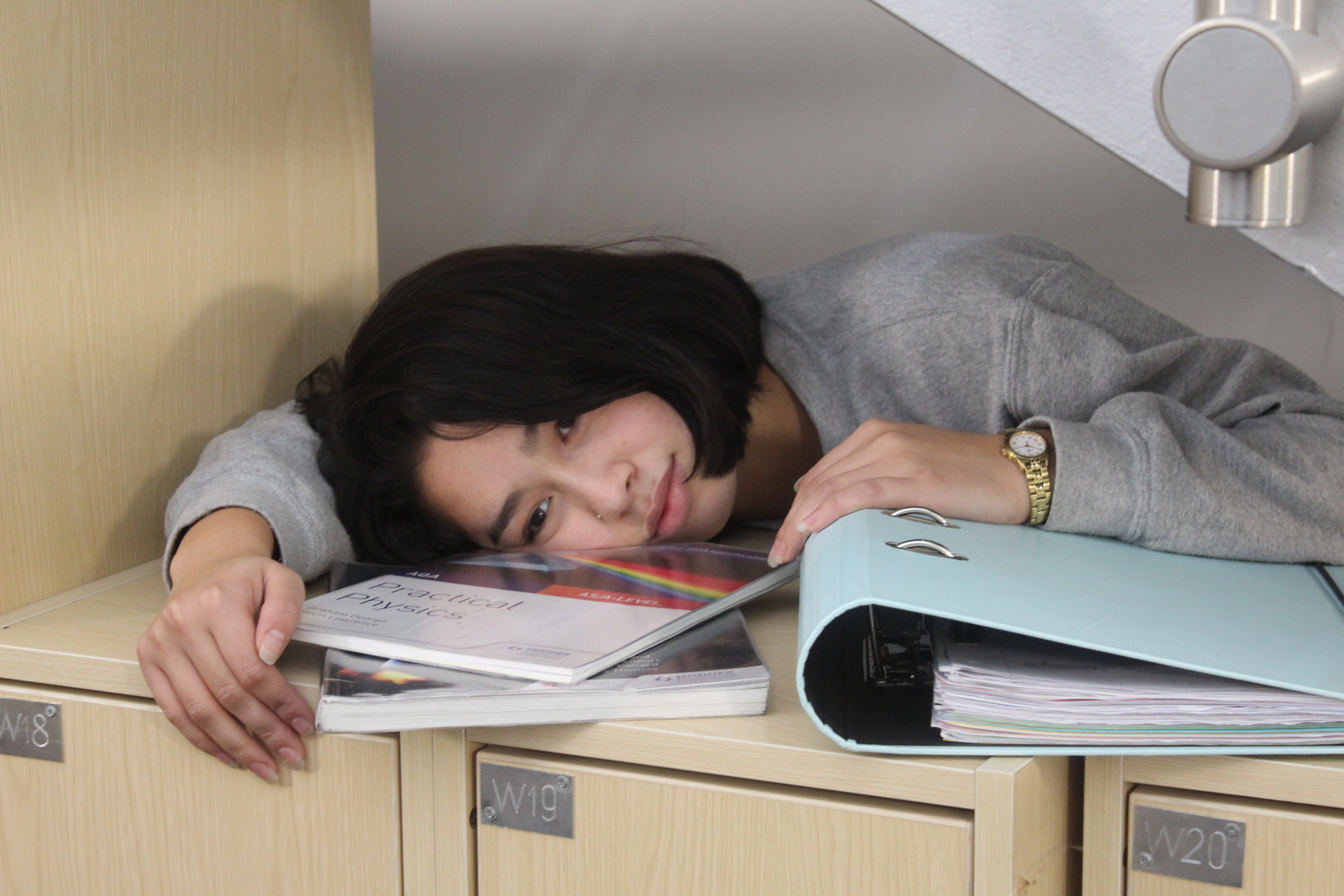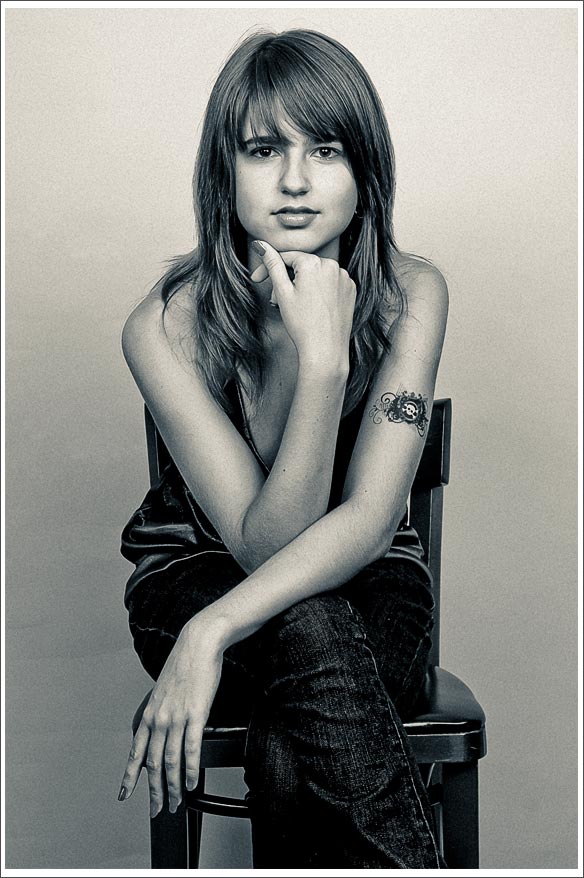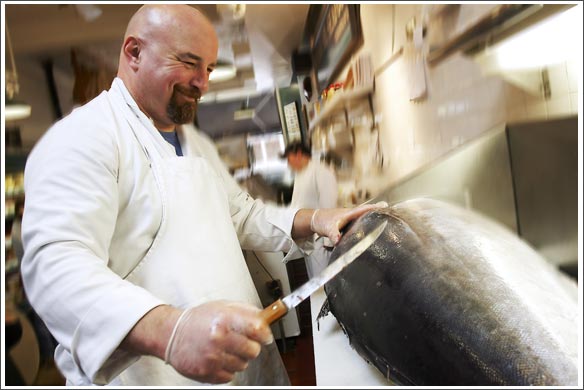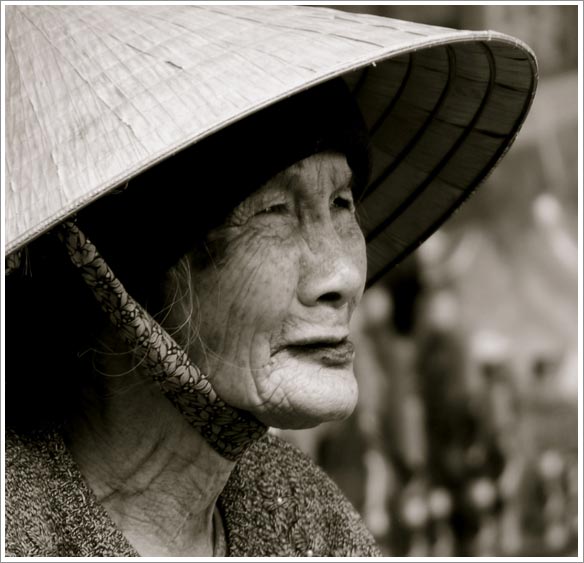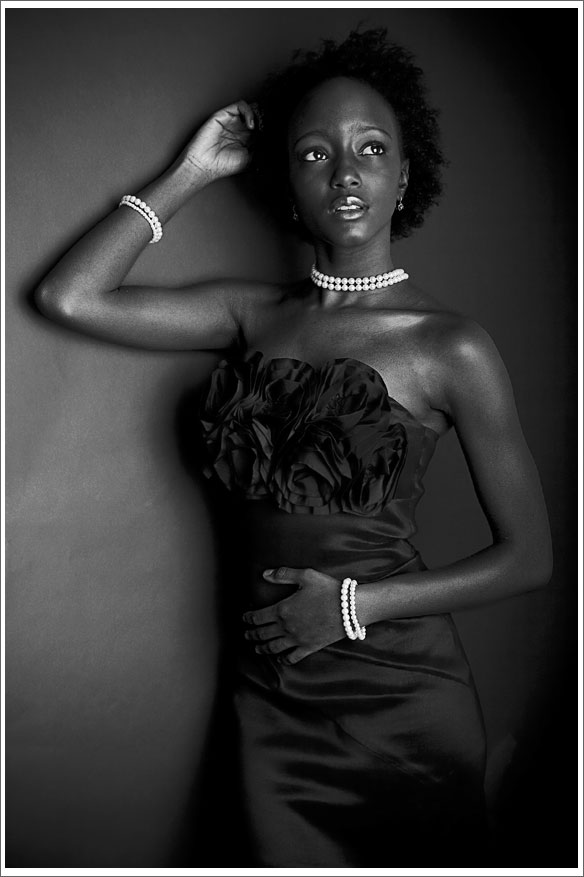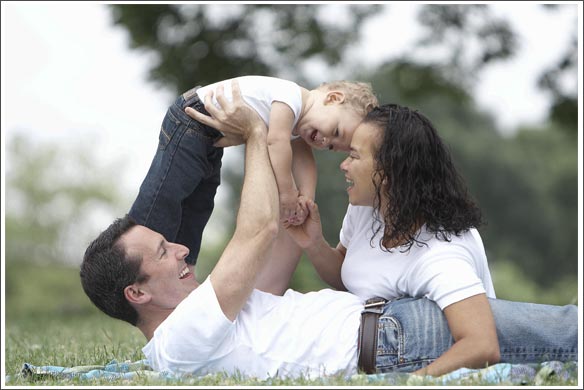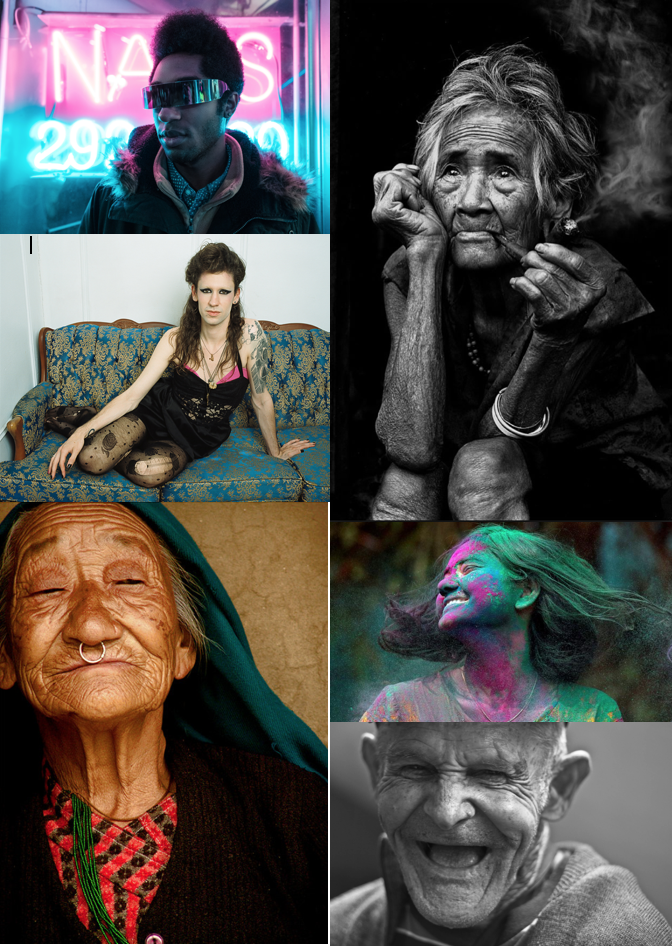Environmental Portraits:
An environmental portrait is a portrait composed in the subject’s usual environment, such as their home or workplace, and usually highlights the subject’s life/lifestyle/occupation and surroundings.
By photographing a person in their natural surroundings, it better displays their character, and therefore portrays the their personality through their interests and usual setting, instead of just a likeness of their physical features. By photographing a person in their natural surroundings, it also allows the subject to be more at ease and comfortable as it is something that is safe to them and they are used to. This allows the subject to be more likely to express themselves easily and accurately, as opposed to in a studio or posed setting, which can be an intimidating and artificial experience, taking away from the elements of a realistic image.
Mood Board:

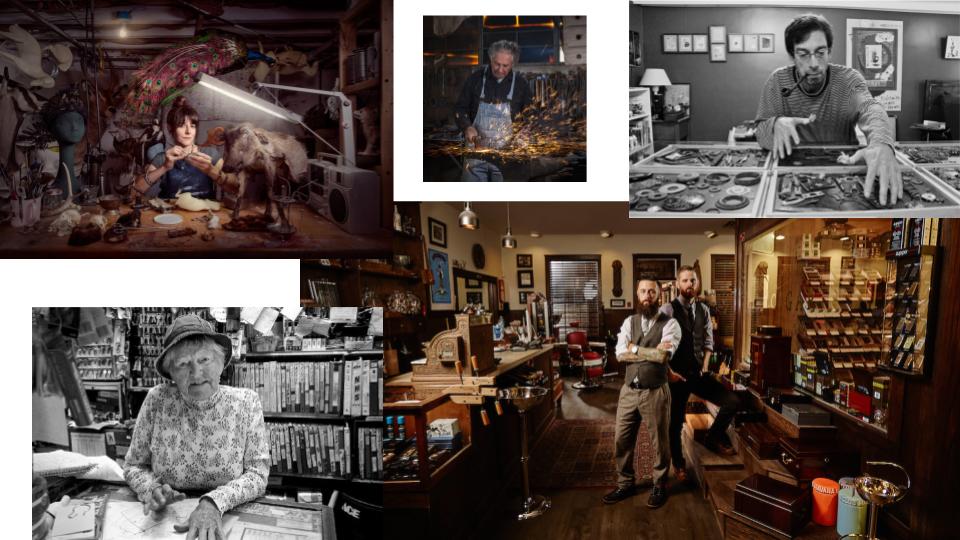
Video/Page Links Below:
https://petapixel.com/2016/04/07/8-tips-making-better-environmental-portraits-natural-light/

